Introduction
Invented by an Italian immigrant Caesar Cardini, who owned Hotel Caesar in Mexico, the Caesar Salad is legendary and liked. It’s a greenish salad made with croutons and romaine lettuce and dressed with olive oil, lemon juice, egg, garlic, anchovies, black pepper, Worcestershire sauce, Dijon mustard, and parmesan cheese.
Caesars salad became so popular, even to the point of once getting termed as the most famous recipe made in America in 50 years. So, if the salad is so popular with you, what about your dog? Can dogs eat Caesar dressing?
The answer is a big “NO” and with a good reason. It contains some ingredients considered unsuitable for your dog’s health, like high fats and sugar.
Caesar Dressing Nutrition Facts
The following list from Nutrition Value Organization shows the nutrition facts about the Caesar salad.
| Portion size | 30 grams |
| Calories | 70 |
| Ingredient | % Daily Value |
| Total fat 7 grams | 9% |
| Saturated fat 1.5 grams | 8% |
| Cholesterol 9.9 grams | 3% |
| Sodium 360 milligrams | 16% |
| Total carbohydrate 2 grams | 1% |
| Dietary fiber 0 grams | 0% |
| Sugar 1 gram | 2% |
| Protein 1 gram | 2% |
| Vitamin D mcg | N/A |
| Calcium 20.10mg | 2% |
| Iron 0.0 milligrams | 0% |
| Potassium mg | N/A |
Note: % Daily Value gets based on 2000 calories for a day
Why Caesar Dressing is Bad for Dogs
Digestion issues
The Caesar salad contains high contents of sugar and fats. The ingredients contribute to your dog’s inability to digest the food leading to food poisoning, diarrhea, and other stomach-related problems.
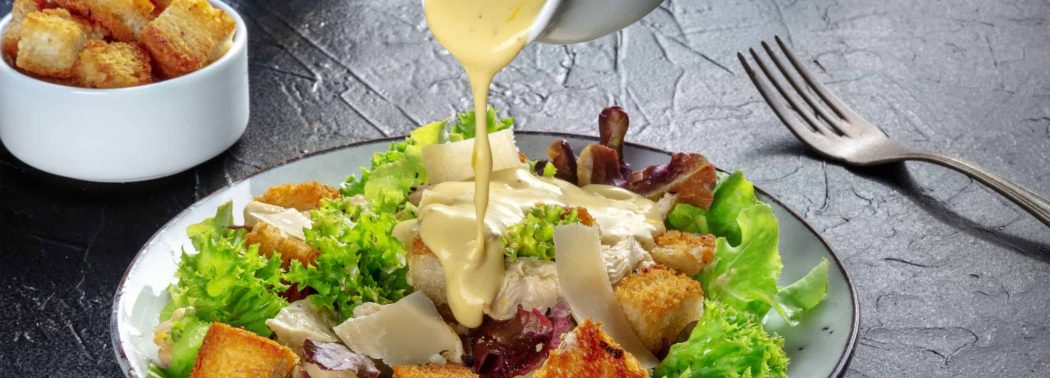
Toxic Ingredients
The Caesar salad features onions and garlic that are toxic to dogs. They consist of a deadly part, the Allium -spp that damages the cell membranes of your dog’s red blood cells. The red cells become fragile and end up bursting.
Red blood cells are essential to transport oxygen throughout the dog’s body. Their destruction causes a shortage of oxygen in some of the body organs. It leads to a low count of red cells, a condition known as anemia.
The signs of anemia are accelerated heart rate, feeling weak, discolored urine, elevated respiratory rate, collapsing, or even dying.
Consumption can also lead to the dog’s gastrointestinal tract getting inflamed, a condition known as gastroenteritis. It leads to mouth irritation, nausea, vomiting, drooling, and diarrhea.
Dangers of High Salt Content to Dogs
At 16% of the daily value, the salt content in the above nutrition table is high. Expert reports indicate that consuming high salt amounts can lead to salt poising in pets. The dangerous sodium products are table salt, de-icing salts, baking soda, seawater, paintballs, and homemade dough.
Sodium toxicity signs include vomiting, seizures, tremors, depression, diarrhea, disorientation, and short breath.
Steps to Take if Dogs Eats Caesar Dressing
All the above facts point to a conclusive decision not to give your dog Caesar dressing. The best and safest method to ensure your dog doesn’t eat the salad is to keep it out of its way. But, mistakes do happen, and your dog eats the salad dressing. What to do?
The first thing will be not to panic or worry. The chances are that the dog can recover on its own. If that doesn’t happen and the signs like drowsiness, panting, and vomiting start showing, consult your vet quickly.
Sources
- Caesar salad, Wikipedia, 2021
- The surprising truth about Caesar salad, L Sasha Gora, 2019
- Caesar salad dressing nutrition facts and analysis, Raley’s
- Onion, Garlic, Chive, and Leek Toxicity in Dogs, Renee Schmid, 2021
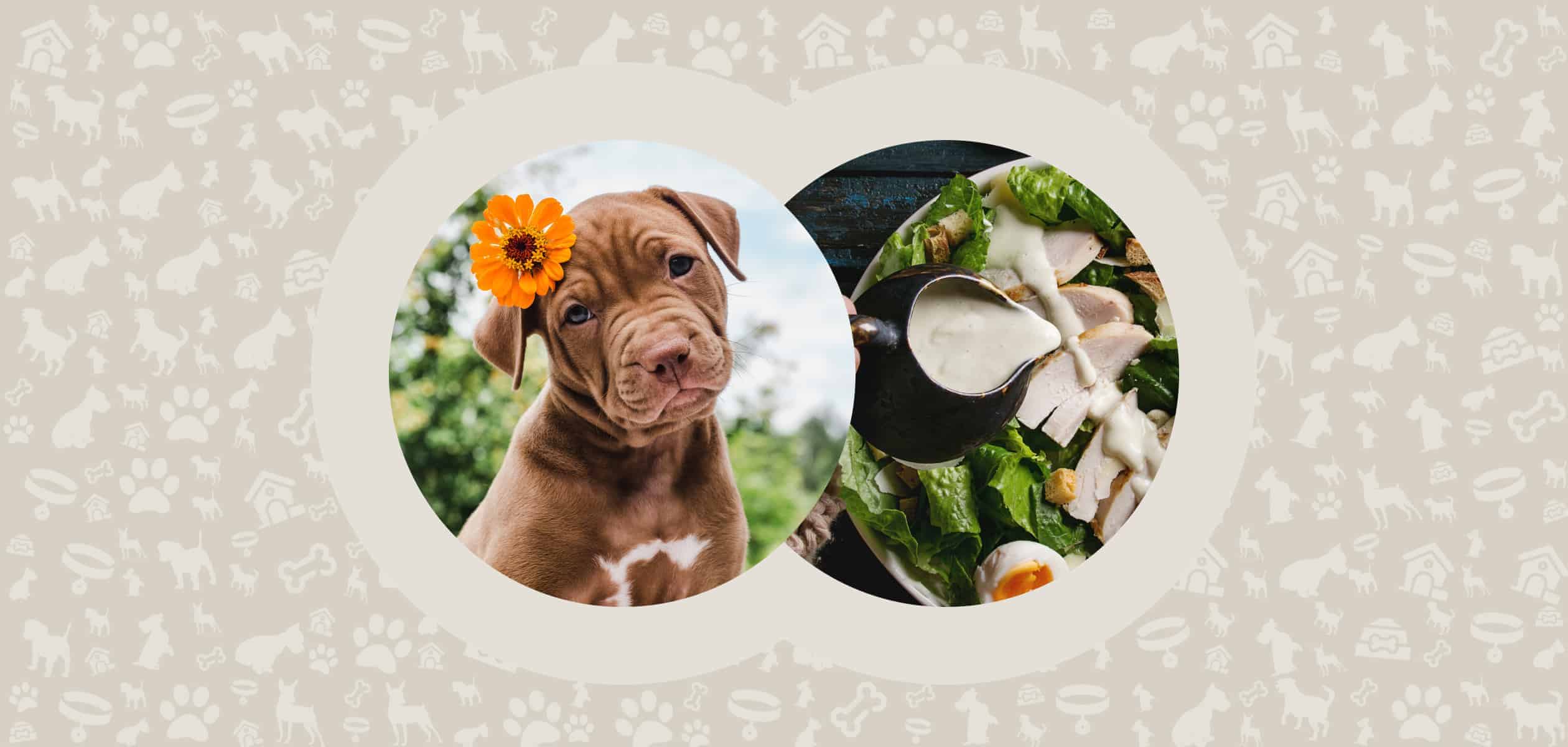


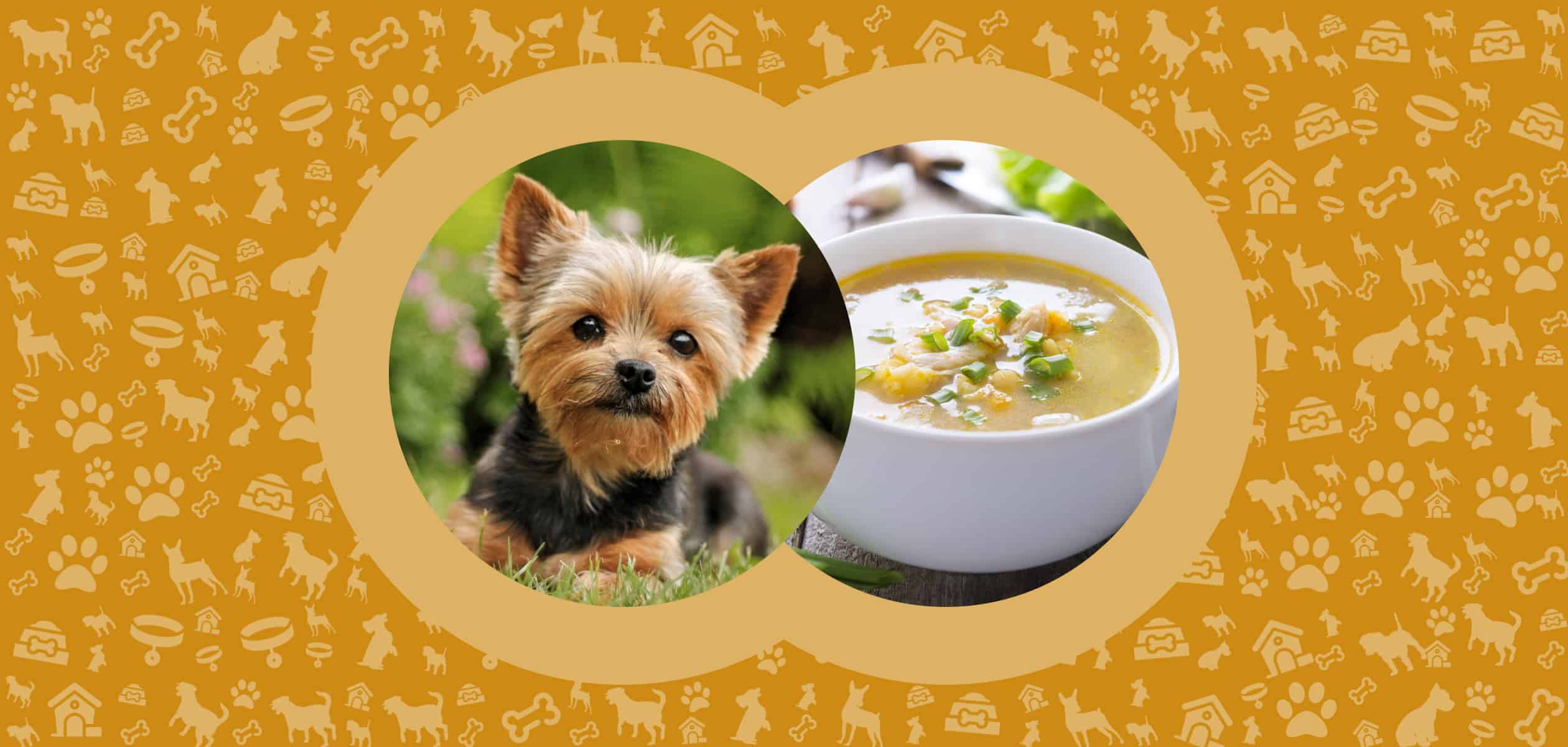
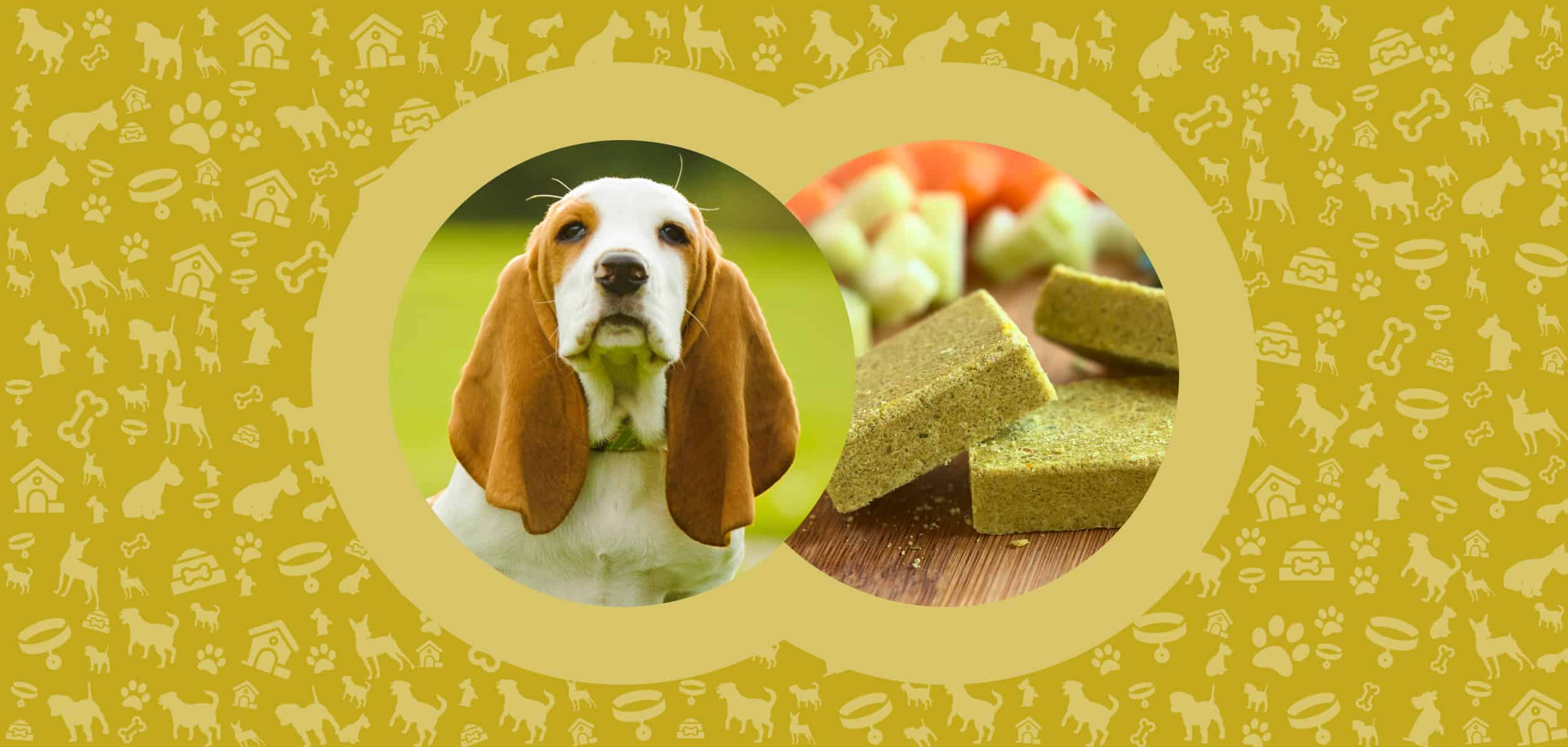
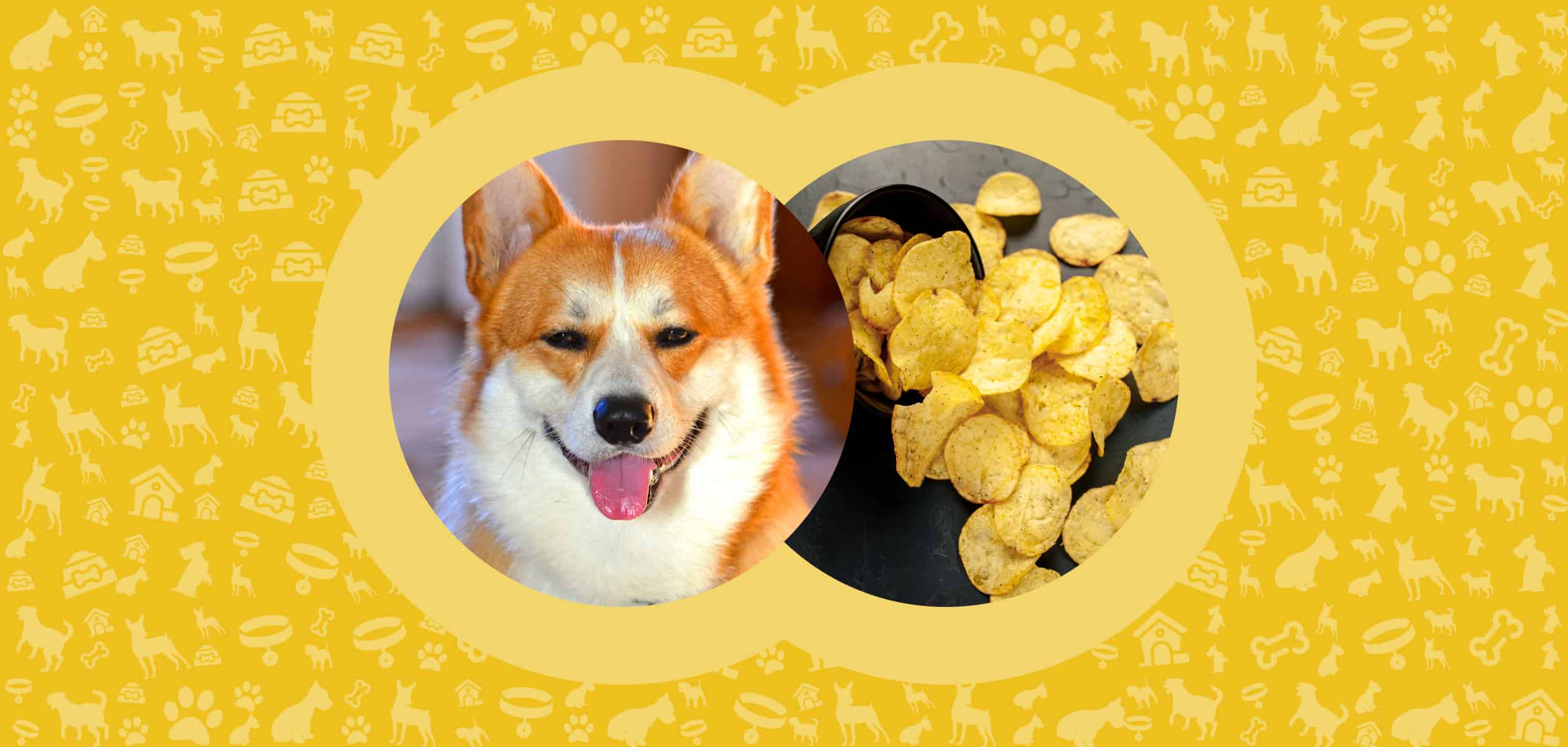
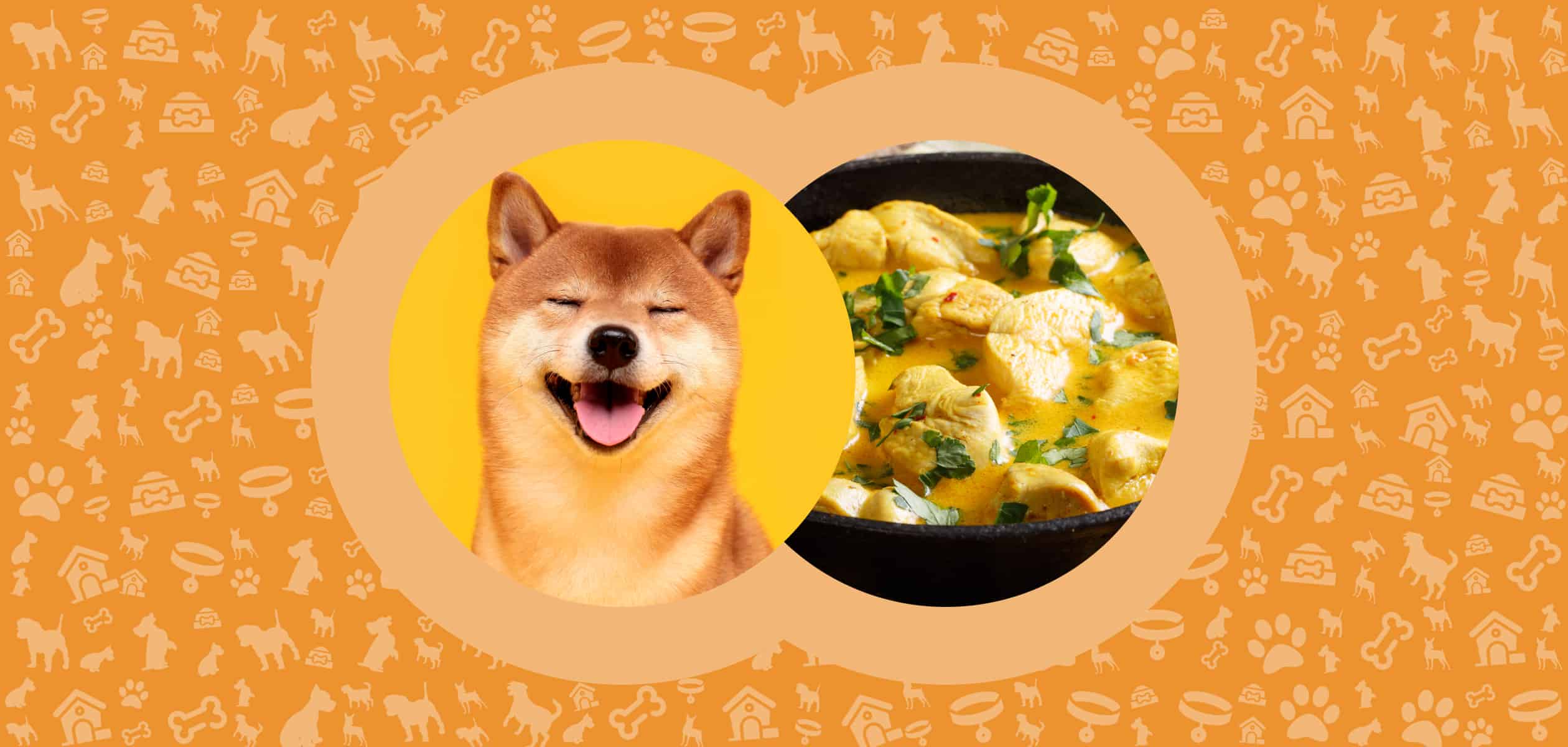
Leave a Comment